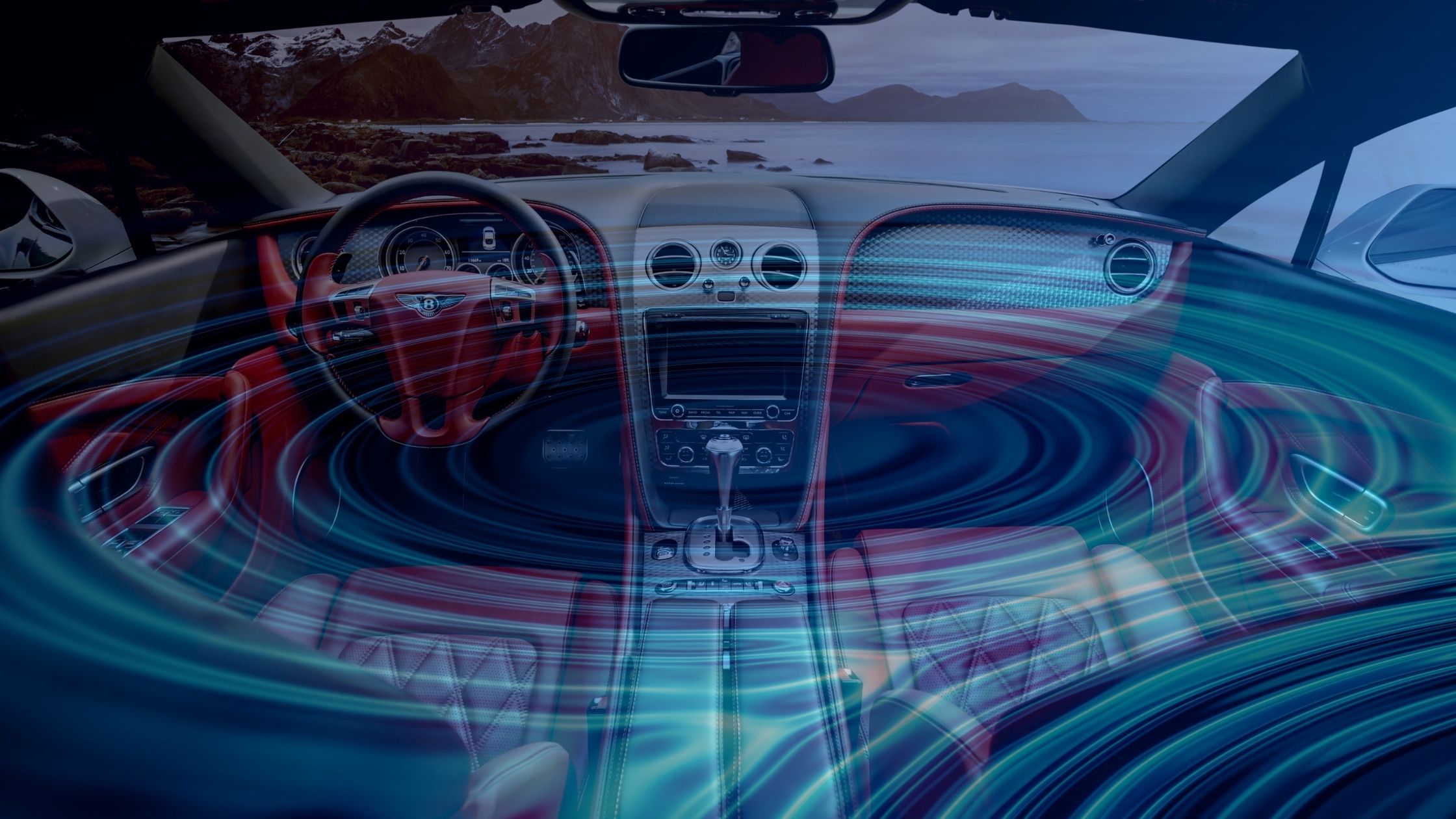The latest news straight to your inbox
Stay up to date with product news and offers by joining our mailing list.
Are you listening carefully? - How to reduce vehicle noise, vibration and harshness.

First of all, what is NVH? Well, it is an acronym used (primarily) in the automotive World and it stands for ‘Noise, Vibration, and Harshness.’ It is a measure of how much unpleasant aural and tactile feedback the car delivers as you drive. Put simply, the noise is what you can hear, the vibration is what you can feel and the harshness is how much of an effect bumps, noise and vibration have on the cabin and its occupants. Removing and isolating passengers from NVH is a field that is becoming more and more prevalent in modern vehicle design. Originally the preserve of the most luxurious marques - and an acronym that was only even discussed by premium brands - NVH reduction is now a global push, spurred on by consumers who want increasing insulation from the environment they're driving through. Today, we even expect sporty convertibles to be NVH minimal.
What causes NVH?
There are 3 main sources of NVH in a vehicle (but countless smaller ones.) They are the interaction of the tyres with the road surface, the movement of airflow around the car as it travels forward, and the car’s engine and drivetrain components. Automotive companies are in a constant battle to reduce NVH in these areas and spend millions annually to help achieve this. However, there is now a new consideration for design engineers. Not only do they have to cater to the more discerning customer who already demands a quieter cabin and a smoother ride – they now have to consider the future of automotive propulsion. 30 years ago when you were flying down the motorway at 70mph in your 2 litre diesel car, you would be lucky to hold a conversation in the cabin let alone worry about some low-level squeaks and rattles. Now road surfaces are quieter, car shapes are more aerodynamic, and – possibly offering the biggest NVH challenge of them all - electric vehicles are about to take over the World. So all those small and insignificant little noises around the cabin that would normally be drowned out by the noise of the engine, are now easily heard.
The primary source of these NVH events are the car’s mechanical and electrical systems – and their origins can be as varied as the challenges they present. Anywhere where there is friction between two materials there is the possibility of noise and vibration. Sliding components (windows, seats, sunroofs,) switches, electrical actuators, and all other interactions between surfaces and components as the vehicle travel's down the road can present an NVH challenge. The ideal situation would be to design these events out at source – however, this is virtually impossible. Therefore to combat these NVH problems, you need NVH products.

NVH Solutions
MOLYKOTE® has been providing NVH solutions to automotive design engineers for over 50 years. Their lubricants enhance tactile feel and can add smoothness to operator-adjustable components such as mirrors, visors, cup holders, and glove-boxes. The greases and anti-friction coatings (AFCs) can reduce stick-slip between dissimilar materials and help eliminate squeaks, rattles, and vibrations. Other examples include noise-reducing greases for motors and actuators, lubricants for friction events involving cockpits, consoles, and interior trim and dry film, anti-friction coatings for lock mechanisms, catch plates, and seatbelt components.
Conclusion
The World of NVH is going to become more prevalent in vehicle design as consumers get more demanding and vehicles get quieter. MOLYKOTE® is at the forefront of these design challenges with ‘smart’ lubrication technology that includes, oils, greases, pastes, semi-dry fluids, and dry film coatings.
What NVH challenge are you trying to overcome?
Get more straight to your inbox
Join our mailing list and get the latest news and updates
Don't miss anything, join our mailing list today
By subscribing you agree to Univar's privacy statement which can be found here.
Free delivery on orders over £30
Secure payments








